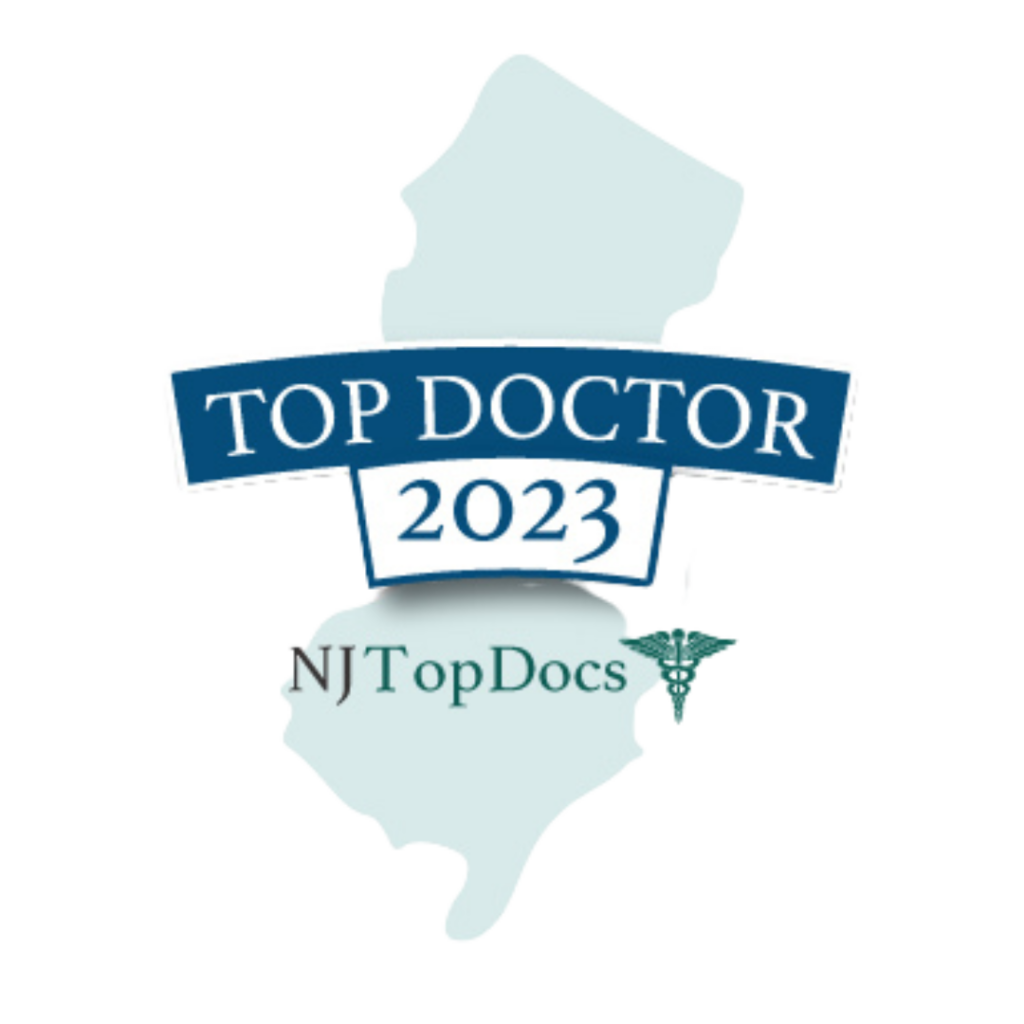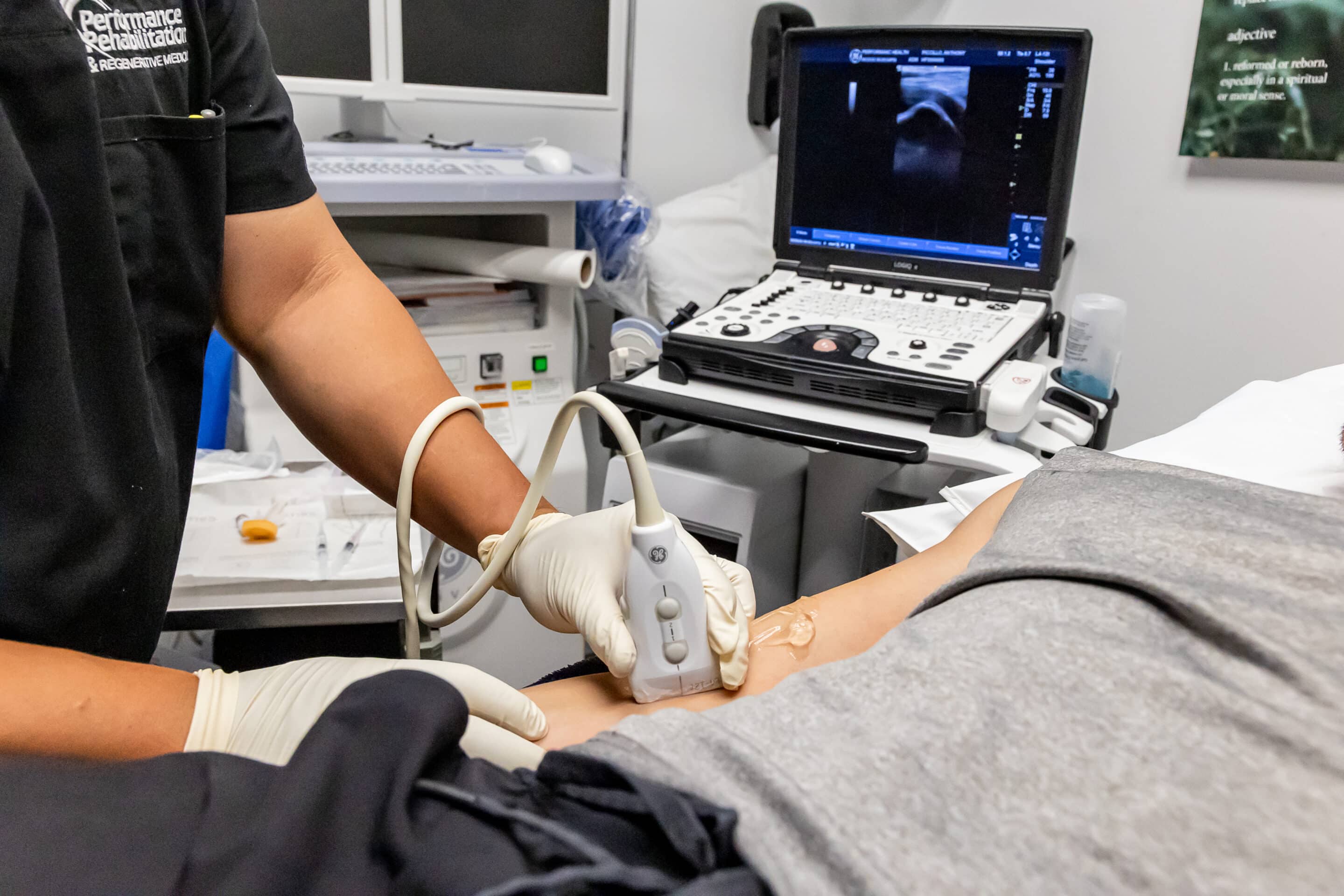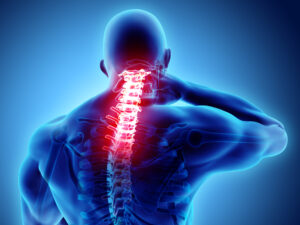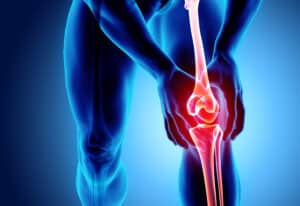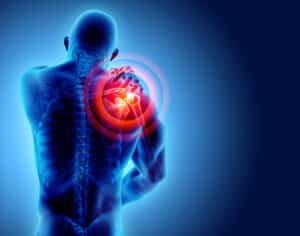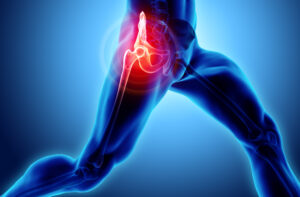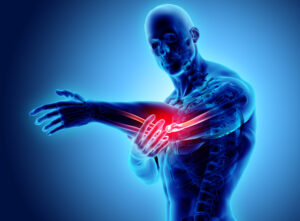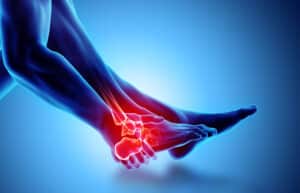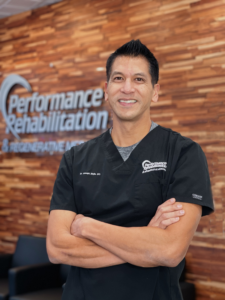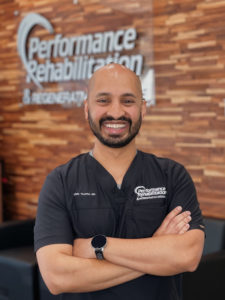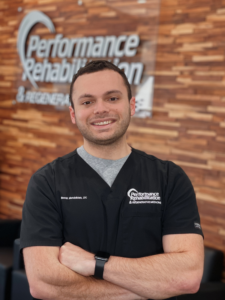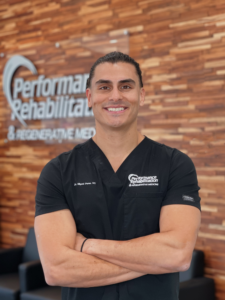Sports Injuries and How To Treat Them Conservatively
Athletes of all ages are constantly pushing the limits of their bodies to achieve physical and institutional success. Due to the high stresses on the body during athletic activities, injuries often occur. Some sports injuries are temporary and relatively minor while other can postpone or even end an athlete’s career. Many injuries can be treated with positive results but choosing a treatment or specialist can be difficult.

The other common injuries to the knee involve the meniscus and the medial collateral ligament (MCL). Each knee is made up of two circular-shaped menisci, which provide structural stability. The MCL attached the inner portion of the tibia and the femur and functions to resist valgus forces, stressing the knee medially. Located on the outside of the knee, the lateral collateral ligament (LCL) provides similar resistance to prevent stress, forcing the knee outward.
It is not uncommon to see an injury to multiple structures during one traumatic injury. Termed the “unhappy triad,” injury to the ACL, MCL and medial meniscus can occur in a single instance. This type of injury is seen more often in contact sports and requires a strong blow from the lateral side. Normally this occurs when the foot is planted causing the femur to translate over the tibia.
Shoulder injuries are common in throwing athletes and those who participate in contact sports. The shoulder is made up of a series of muscles and ligaments that provide stability and movement. Tears within the tendons of the rotator cuff muscles can cause major difficulty for many types of athletes.
Rotator Cuff Injuries
The rotator cuff is a group of four muscles that produces movement in the shoulder. The four muscles, which include the supraspinatus, infraspinatus, teres minor and subscapularis, attach the scapula to the head of the humerus and control many motions of the shoulder. The tendons form a capsule or a cuff around the shoulder joint providing structural support and function movement.
Similar to the meniscus of the knee, the labrum within the shoulder is made up of fibrocartilage and provides structure to the shoulder joint. Other injuries such as separation of the acromioclavicular joint are common in contact sports, especially football.
Depending on the severity, there are many treatment options available to athletes with traumatic injuries. Often, an individual will participate in a course of rehabilitative medicine also called physical therapy. Throughout the course of care and as the tissue within the knee begins to heal, exercises are performed to assist in stabilization and strengthening. Passive treatments are also common during the therapy process.
Treating Your Tendon Injuries with Regenerative Medicine
In conditions that do not respond well to physical therapy, other non-operative procedures can be effective. The range of treatments is wide and is dependent on the nature of the injury and the tissue type (ligament, muscle, tendon, cartilage or bone). These treatment options include tendon specific treatments such as Tenex Health TX™. Treatments using Tenex target diseased tissue within the tendon while maintaining the healthy tendon. This type of procedure has shown promising results in many areas of the body including the elbow and Achilles tendon.
Other recent cutting edge treatments that assist the healing process are those using Regenerative Medicine. These treatment options use the body’s own healing power to target injured areas. Platelet Rich Plasma (PRP) Therapy uses the growth factor within the platelets of an individual’s blood to concentrate healing of the injured tissue. Once isolated, the PRP solution is administered by injection to the target tissue. The procedure can be performed either under guided imaging in the case of a non-surgical, minimally invasive procedure or during a surgical procedure. Both have shown to provide positive results for patients in a clinical setting.
Another form of regenerative medicine is Adult Stem Cell Therapy. Stem cell therapy has shown promising results in healing and re-growing injured ligaments and tendons. Because the cell originates in the patient’s own body, they are ideal for orthopedic conditions and can help regrow tendon, ligament and bone. The stem cells will create tissue that is similar to the targeted substrate tissue.
In cases when an individual has many years of dysfunction within the knee joint, pain may be caused by inflammation within the joint secondary to osteoarthritis (OA). Often referred to as degenerative arthritis, OA is a condition commonly affecting the knee. This condition can cause pain, instability and risk of further, more severe knee injuries. As with other degenerative arthritis conditions, osteoarthritis of the knee can be a debilitating ailment often affecting ones ability to exercise, climb stairs or even walk without difficulty.
Knee OA is understood to be an age-related condition caused by excessive use and stress on the knee joint. Although not exclusive to the older population, knee OA affects 34% of the population over the age of 65. There are multiple treatment options to assist in alleviating the pain caused by OA; two treatments that have shown to be effective are Prolotherapy and Viscosupplementation.
Prolotherapy is a procedure utilized on musculoskeletal conditions of a chronic nature, which utilizes injection-based medicine. The procedure involves injecting a small amount of an irritant into painful ligaments and tendons over multiple treatments. The injection of the irritant causing a sequence of events resulting in the activation of fibroblasts resulting in increased strength within the targeted tendon and ligament. The most commonly used irritant is a sugar solution containing hyperosmolar dextrose. Other solutions have been used with varying results.
Viscosupplementation, also called joint cushioning injections or hyaluronic acid injections, uses image-guided assistance to treat pain caused by osteoarthritis. As the knee joint degenerates, it loses cartilage. This cartilage produces lubrication for the knee and the amount of lubrication decreases with continued degeneration. The procedure involves the injection of a lubricating solution that is similar to that which the body naturally creates within the knee joint. The treatment is often carried out in a series of injections over multiple weeks and often provides relief for months and sometimes even years.
In any athlete, old or young, it is critical that each injury be examined by a clinician who is familiar with the mechanism and treatment options available. Clinics with multiple specialists are often the best option as they provide a wide range of services and allow for integration of multiple services if warranted. The goal for any athlete is to return to their activities as soon as possible with the fastest healing time and the minimal chance of re-injury. With the right direction and choice of care these goals can be met often in less time than expected at Performance Rehabilitation & Regenerative Medicine .
If you, or someone you know, are suffering from chronic heel pain, or would like more information on non-surgical options available, please feel free to contact one of our patient care coordinators at 908-754-1960 or you may contact us online.
Performance Rehabilitation & Regenerative Medicine – Getting Patients Better – Faster!
About the Authors:
Joseph Mejia D.O., F.A.A.P.M.& R, is a graduate of University of Michigan and West Virginia School of Osteopathic Medicine. He is Board Certified in Physical Medicine & Rehabilitation and Sports Medicine. Dr. Mejia received his Fellowship Training in Interventional Pain Management from University of Medicine and Dentistry. He has advanced training in Regenerative Medicine and is the Medical Director and Partner of Performance Rehabilitation & Regenerative Medicine.
John F. Ellis, D.C. is a graduate of Logan Chiropractic College. He is a Board Certified Chiropractic Physician with licenses held in New Jersey and New Hampshire. His past research work involves human performance pertaining to orthopedic conditions. Dr. Ellis is a Chiropractic Physician at Performance Rehabilitation & Regenerative Medicine.
